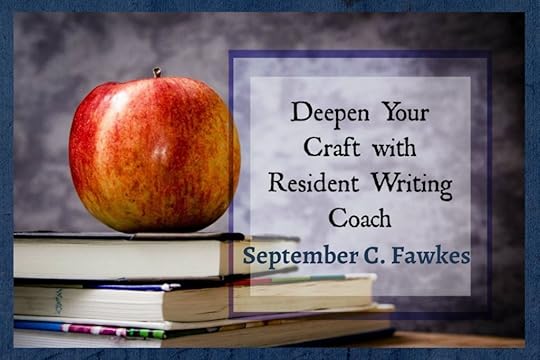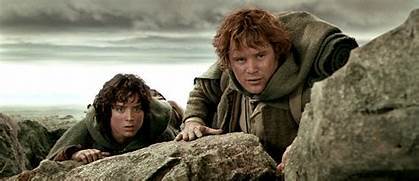Structuring an Ensemble Cast with Plotlines

Writing an ensemble cast can feel daunting, especially when most writing advice is for stories that feature one, or maybe two, lead characters. How is an author supposed to structure a novel or series that has four, five, or six? One of the most useful approaches, is to consider plotlines.
Years ago, I did a post on the different types of plotlines in stories: external, internal, relationship, society/world, influence character, and undercurrent. I mentioned that most stories benefit from having at least three different types, because this creates dimension.
By far, the most popular combination is external, internal, and relationship. And usually, the protagonist is the lead of all three. However, this isn���t the only option. You could have external, relationship, and society, for example. And the same character may not always be the lead. Plus, once you have three different types, you can add more���more of the same or other types.
With these principles in mind, there are two main ways to approach ensembles.
Sets of PlotlinesIn the first approach, you create sets of plotlines. The Lord of the Rings is a great example of this (particularly in the films).

We have Frodo, a lead, with his own set. He has an external journey of taking the Ring to Mount Doom, an internal journey of his struggle with the Ring, and a relationship journey with Samwise.
Then we also have Aragorn, another lead with his own set. Aragorn has an external journey with the war, an internal journey over taking his place as king, and a relationship journey with Arwen (and arguably Eowyn).
The Fellowship also breaks down into more plotlines. Merry and Pippin have their own external, internal, and relationship journeys (though to a lesser degree), and so does Gimli.
Eowyn, Arwen, and Smeagol are other notable characters who get their own personal journeys.
Every character, though, is ultimately connected into the world/society plotline with the war against Sauron���they are each influencing or being influenced by it. So this is the glue that holds the sets together.
Admittedly, not every character mentioned here gets three plotlines, but that���s okay, because you only need three different types in the story, not three types for every key character. Speaking of which . . .
Splitting a SetIn the second approach, you start by having different characters share the three dominating plotlines, then go from there.
So in contrast to The Lord of the Rings, where Frodo and Aragorn get their own full set, in Umbrella Academy the dominating set gets split.
In season one, the dominating plotlines are external, internal, and relationship, but they are split between characters.
Five holds the main external plotline. He is trying to stop the apocalypse from happening by unraveling the mystery of what started it. He does not have strong internal or relationship plotlines.
Instead, Vanya holds the main internal plotline (as well as a big relationship plotline). She���s struggling to come to terms with the fact she has powers.
Allison holds another major relationship plotline, with Vanya.
There are other plotlines too, but those are the ones that impact the story the most, and they are split up.
From there you can add more, similar to Lord of the Rings. In Umbrella Academy, we also have Luther coping with the fact he wasted years on the moon (internal) and has feelings for Allison (relationship). Diego loses Patch (relationship) and wants revenge on Hazel and Cha Cha (external). Klaus is trying to get sober (internal) in order to connect with Dave (relationship). Vanya also has a minor external plotline about performing as a violinist. And Hazel and Cha Cha are trying to kill Five (external), but Hazel has doubts about the job (internal) and is developing feelings for the lady at the donut shop (relationship).
Above all this, there is a society/world plotline with those involved in the bureau.
But the glue that ultimately holds everything together, is Five���s quest to stop the apocalypse (the dominating external plotline). Every character influences or is influenced by that.
Typically with ensembles, the trick is that the characters and their plotlines have to somehow be connected to or influencing each other.

However, on the rare occasion that they are not, then often the glue is the theme. You could technically write a story where the characters never cross paths, nor fit into a greater plotline, but they each have a journey about the same theme topic ( . . . which may be a subject for another post).
In any case, if you are writing a long epic, like The Lord of the Rings, you will have more space to build out more plotlines for more characters. If you are working with a shorter story, you may want to split three or four dominating plotlines between leads, and keep any other plotlines minor, like The Umbrella Academy. The less important the plotline, the less it needs to be on the page.
With these approaches, you should be off to a great start in structuring your ensemble story.
The post Structuring an Ensemble Cast with Plotlines appeared first on WRITERS HELPING WRITERS��.
Writers Helping Writers
- Angela Ackerman's profile
- 1022 followers



